Optimal Timing for Concrete Installation
Determining the optimal time for concrete installations involves considering weather conditions, temperature, and humidity. Proper timing ensures durability and reduces the risk of cracking or other issues. Typically, the best periods are during mild, dry weather when temperatures are consistently between 50°F and 85°F.
Spring and early fall are generally recommended for concrete installations due to moderate temperatures and lower humidity levels, which promote proper curing.
Extreme cold or heat can adversely affect curing. Cold temperatures slow down setting times, while high heat can cause rapid drying and cracking.
Rain, snow, or excessive humidity can compromise concrete quality. It is best to schedule installations during clear, dry days.
Consistent, moderate weather conditions help achieve a strong, long-lasting concrete surface, reducing maintenance needs over time.

Ways to make Concrete Installations work in tight or awkward layouts.

Popular materials for Concrete Installations and why they hold up over time.
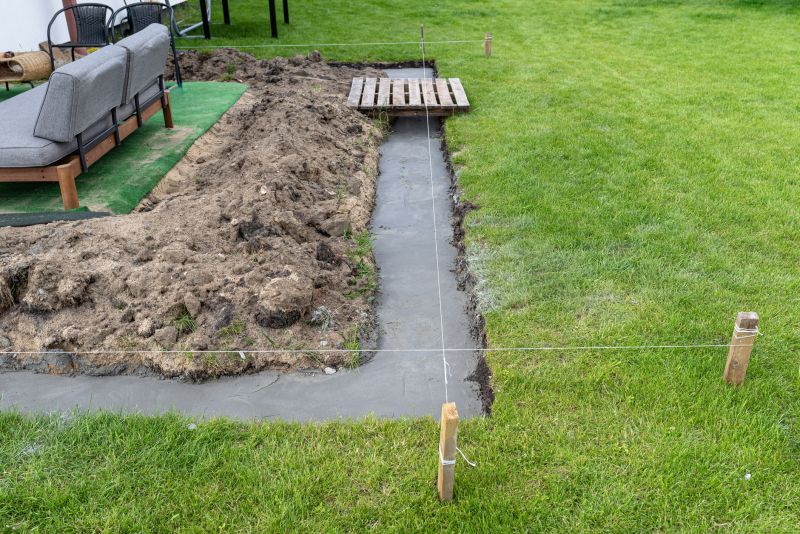
Simple add-ons that improve Concrete Installations without blowing the budget.

High-end options that actually feel worth it for Concrete Installations.

Finishes and colors that play nicely with Concrete Installations.

Little measurements that prevent headaches on Concrete Installations day.

A 60-second routine that keeps Concrete Installations looking new.
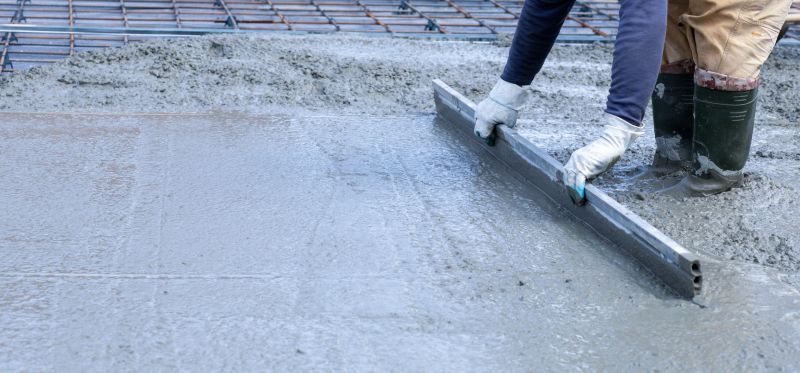
A frequent mistake in Concrete Installations and how to dodge it.
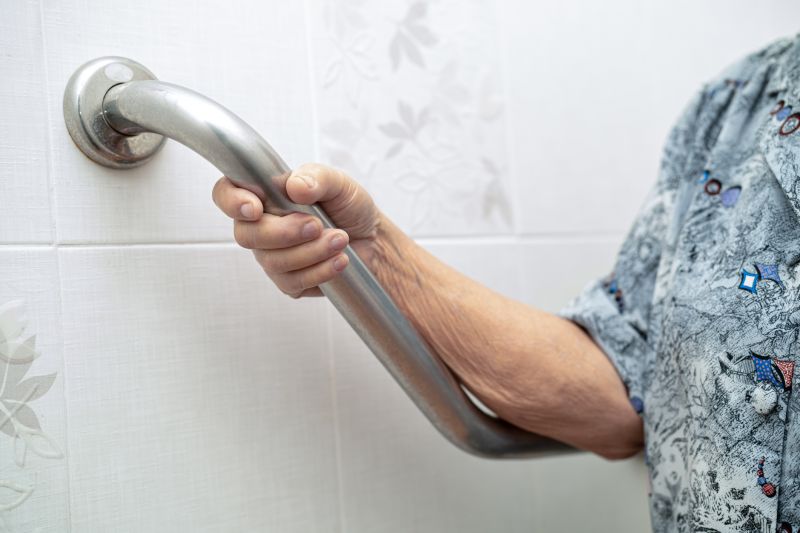
Small tweaks to make Concrete Installations safer and easier to use.
| Season | Recommended Conditions |
|---|---|
| Spring | Moderate temperatures, low humidity, dry days |
| Summer | Early morning or late evening, avoid extreme heat |
| Fall | Cool, dry weather with stable temperatures |
| Winter | Requires additional measures, not ideal in freezing conditions |
Concrete installations involve mixing, pouring, and finishing concrete to create durable surfaces such as driveways, patios, and walkways. Proper timing ensures the concrete cures evenly, achieving maximum strength and longevity. The curing process is critical and is influenced heavily by weather conditions, which can accelerate or hinder setting times. Over 70% of concrete failures are linked to improper curing or installation during unsuitable weather, highlighting the importance of selecting the right season.
Advanced techniques and additives can extend the installation window into less ideal weather conditions, but these require careful planning and expertise. Proper preparation, including site assessment and weather monitoring, can significantly impact the quality of the finished surface. When scheduled during optimal weather, concrete installations typically last for decades with minimal repairs needed.
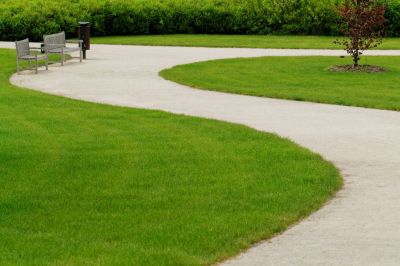
Lower-waste or water-saving choices for Concrete Installations.
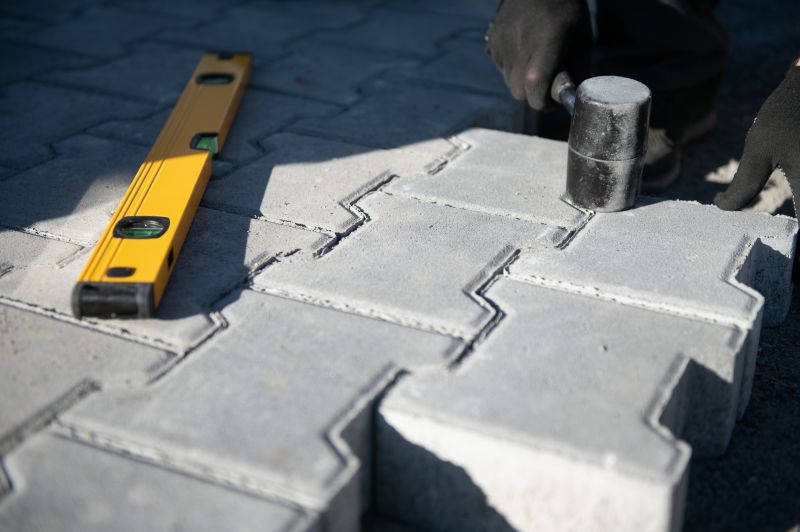
The short, realistic tool list for quality Concrete Installations.

Rough timing from prep to clean-up for Concrete Installations.

Quick checks and paperwork to keep after Concrete Installations.
Interested in scheduling a concrete installation? Filling out the contact form can provide detailed information and assistance tailored to specific project needs. Proper timing and preparation contribute to a durable, high-quality finish that lasts for years.
